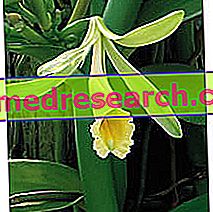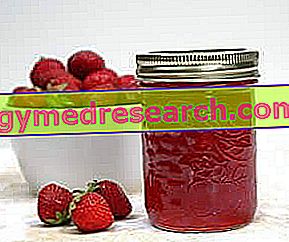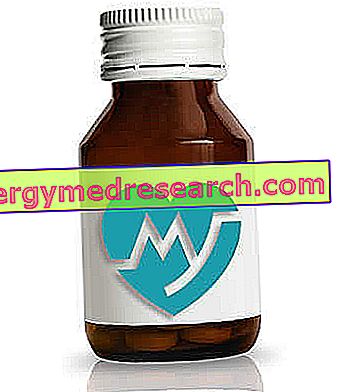
Scientific name
Vanilla planiflora, V. fragrans
Family
Orchidaceae
Origin
Mexico, Central America, tropical regions
Used Parts
Drug consisting of fruits (pods) harvested before ripening
Chemical constituents
- Glucosides (gucovanillin, vanilloloside) that release oxidizing vanillin;
- Essential oil;
- Vanillic acid;
- oxybenzaldehyde;
- Salicylic acid;
- Coniferyl alcohol.
Vanilla in Herbalist: Properties of Vanilla
Vanilla is a drug that has always been used successfully in the confectionery industry, but also very often in the perfume industry (essence extracted from fruits).
In addition to the confectionery field, vanillin is used as a flavoring for pharmaceutical products.
Biological activity
As mentioned, vanilla is a plant that, at the moment, does not find great uses in phytotherapy. In fact, the only properties ascribed to the drug are those that stimulate the appetite and the bile ducts.
The vanillin obtained from the plant, on the other hand, has antioxidant properties that appear to be performed through a mechanism of free-radical scavenging.
Furthermore, from a study conducted on animals, it emerged that vanillin is also able to cross the blood-brain barrier and exert a neuroprotective action. This interesting activity could make this molecule a potential ally in counteracting neurodegenerative diseases, such as, for example, Parkinson's disease. However, numerous and more in-depth studies are needed to assess the real therapeutic efficacy and safety of use.
In the pharmaceutical industry, vanilla is used primarily as a flavoring agent to mask any unpleasant flavors.
Vanilla in folk medicine and homeopathy
Vanilla is used in folk medicine to promote digestive processes and to combat nervous disorders. Moreover, since ancient times, traditional medicine ascribes powerful aphrodisiac properties to vanilla.
Vanilla is also used in homeopathic medicine, where it can be found in the form of granules, mother tincture and oral drops.
In this context the plant is used in case of hypermenorrhea and skin irritations.
The dose of homeopathic remedy to be taken can be different between one individual and another, also depending on the type of disorder that needs to be treated and according to the type of preparation and homeopathic dilution that is intended to be used.
Contraindications
Avoid use in case of hypersensitivity to one or more components.
Pharmacological Interactions
- not known



